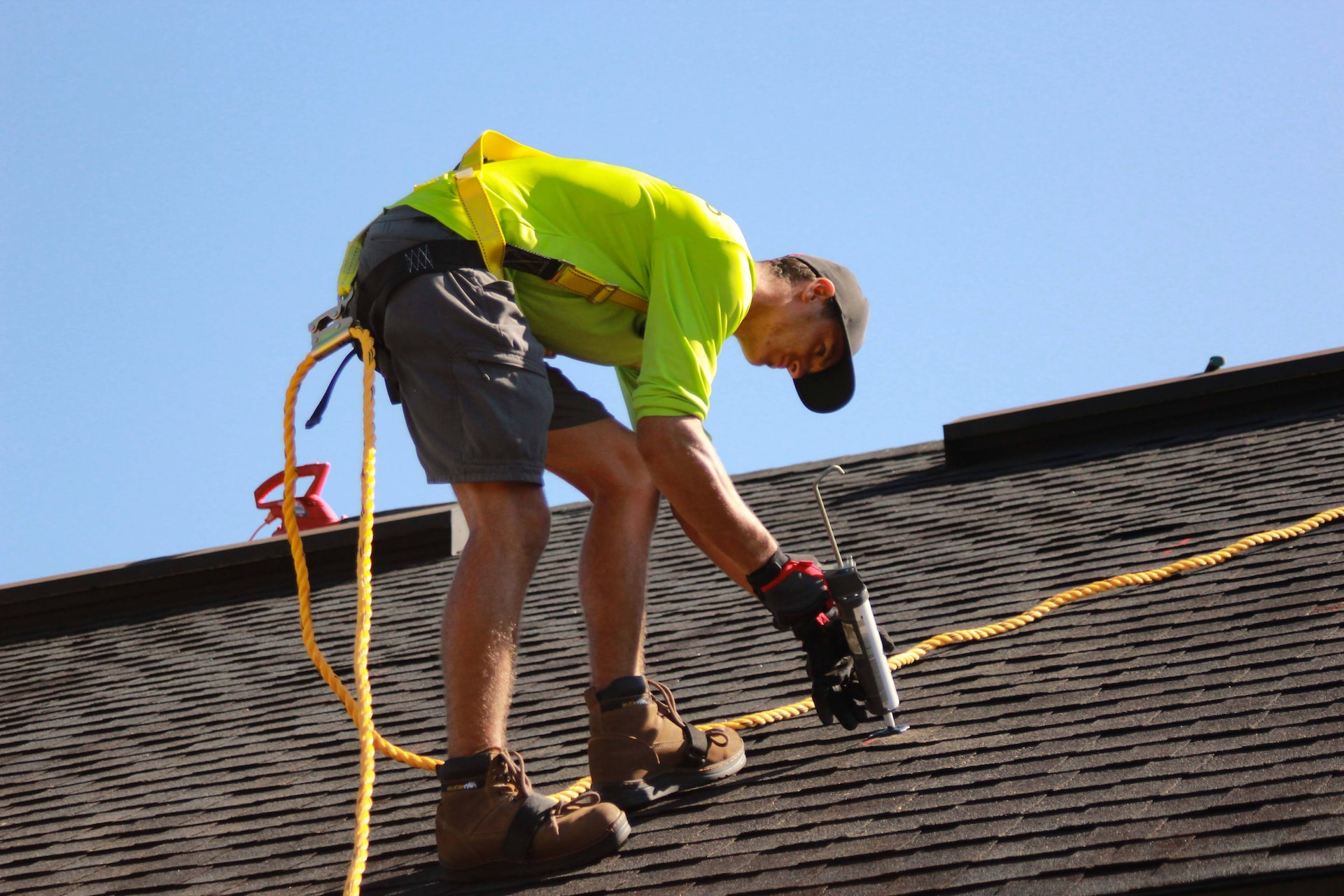Choosing the best roofing material for your home is an important decision that will affect your resale value and energy efficiency. If your region is prone to extreme weather conditions such as high winds, heavy snow or wildfires, you need a roof that can withstand these conditions.
The shingle type you choose should be able to limit water infiltration and protect the interior of your home.
Weather Resistance
A good roof protects your home from the elements and adds to its curb appeal. If your region is prone to heavy snows, high winds, or wildfires, consider looking for a roofing company that offers highly-rated materials for those conditions.
Clay tiles are a good choice for a hot, dry climate since they resist heat and keep the sun’s rays from penetrating the home. This helps lower energy bills.
Slate is another good option for a warm, dry climate because it reflects the sun’s rays and keeps them from heating the house. However, it is a costly material and requires strong framing and support.
For a durable roofing choice that doesn’t have the price tag of slate or concrete tile, consider composite shingles. These shingles are made from compressed recycled plastics and other sustainable materials and offer the look of real shakes or slate, with class 4 impact resistance for hail damage.
Fire Resistance
Many states are experiencing wildfires, and homeowners must take special care to protect their homes. Choosing fire-resistant roofing materials – and having these installed by professionals well-versed in roofing in Charlotte North Carolina (or elsewhere more relevant) – is essential. While no roof can be completely fireproof, a home’s roof is the first defense against wildfire exposures and debris that could ignite a fire inside.
Slate is one of the most fireproof types of roofing, and it’s also a popular choice because of its timeless beauty. It is durable and offers superior protection against wind, rain, hail and extreme temperatures.
While asphalt shingles may seem less expensive, they are prone to damage caused by wind, rain, hail and temperature changes. This can lead to costly repairs and early roof replacement. Slate and clay tiles are much more durable. Brava synthetic slate shingles are an alternative to natural slate and offer a class 4 impact rating, plus the look of wood shingle roofing. They are also fire-resistant and have a lifetime warranty.
Durability
Your home’s roof is key to its protection, energy efficiency and comfort. While asphalt shingle roofs are the most common and affordable among the types of roofs, they can crack or become brittle in hot weather. If you live in an area prone to wildfires, be sure that the roofing material you choose is fire-resistant.
Slate is a beautiful and durable roofing choice, but it is expensive. It is also heavy, and the weight requires that your home be designed to support a slate roof before installation can begin.
Many synthetic slate and shake products were rushed into the marketplace with limited research on their desired life span. As a result, they failed well before the end of their warranty periods, and homeowners were met with neglect, denials and inappropriate counterclaims from manufacturers.
These products were also characterized by high water absorption, low flexural strength and friable, brittle characteristics. These problems can be avoided by choosing a roofing product made with natural materials.
Appearance
As you shop for your roofing material, consider the lifespan and warranties. The newer composite shingle options have class 4 impact ratings and can last for 40-plus years. They can also add a lot of value to your home.
While a slate roof is not cheap, it has the longest lifetime of any roofing material. It’s also fireproof and can add a lot to the resale value of your home.
The only downside is that it’s heavy and difficult to find, so your house must be built to support it. Additionally, the slate needs specialized maintenance and is expensive. Most natural roofing materials develop aesthetic issues as they age. For example, a cedar shake roof rots, cracks and turns from its original color to a “weathered” look over time.


